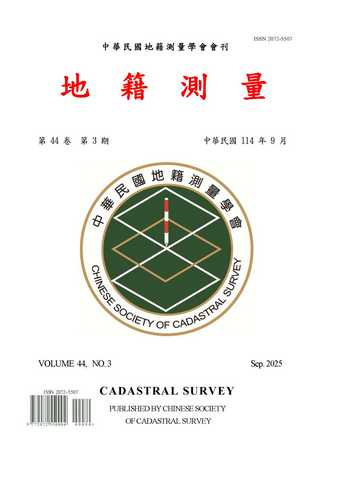 |
 本站僅提供期刊文獻檢索。 本站僅提供期刊文獻檢索。
【月旦知識庫】是否收錄該篇全文,敬請【登入】查詢為準。
 最新【購點活動】 最新【購點活動】
|
| 篇名 |
國土資訊系統價值鏈與產品授權策略探討
|
| 並列篇名 |
The strategy of licensing products and value chain of NGIS |
| 作者 |
盧鄂生、史天元 |
| 中文摘要 |
自1990年代推動國土資訊系統以來,建立地理資料庫即成為政府一項基礎與核心工作。這些地理資料收集、維護、供應及應用等相關工作,實際上是一種資料流通活動。隨著網際網路的突飛猛進及市場交易行為的日益增多,這些流通也自然形成一連串上、中、下游的經濟活動,這個市場也將變成政府、商業供給者、中間加值商及使用者的一個網型市場。地理資料流通政策可說是推展國土資訊系統普及應用的原動力,政府應主導建立地理資料之價值鍊及供應鍊,並應將空間資料之整個運作視為一種引導國家資源流動的經濟活動。由於GIS在地理資料管理方面不斷的創新,在這市場範圍內,多樣化的產品和服務也持續增加。就美國而言,已有二種主要商業模式出現:全部權利賦予給購買者但是賣主仍保留工作上使用的權利,或者賣主保留所有權而顧客在授權項目之下允許使用資料。這些發展在追求市場最大經濟利益永恆不變的原則之下,使用授權方式相對於資料和資料產品全部出售的方式而言不失為另一個選項。本文首先探討國土資訊系統對社會之影響,其次就我國國土資訊系統之發展建立一市場架構並論其興衰,接著針對美國及我國GIS價值鏈與產品授權策略等方面之現況進行比較與探討,最後並針對國內之現有與未來發展提出建議。
Since MOI promoted NGIS in 1990, maintaining a national geographic database became agovernment task. The acquisition, maintenance, data dissimilation and application ofgeographic data, formed a network of information flow. With increasing activities, the layersof upstream, middle-stream, and downstream can be identified in this flow. The marketplaceof geographic data is a network composed of government suppliers, commercial suppliers, value-added intermediaries, and users. Because the geographic data dissemination policy isthe original power of promoting NGIS, government agencies must play a leading role inbuilding value chain and supply chain of geographic data, and monitoring the activities of geographic data as a part of the economic activities of national resource flow.The variety of geographic data applications has expanded rapidly with the advent ofgeographic information systems. In the United States, the diversity of products and servicesis increasing and two dominant business models have emerged: all rights are sold to thepurchaser but the vendor retains the right to use the work, or rights are retained by the vendorbut customers are allowed to use the data under a license. These developments under the ruleof eternal of maximum benefit have been accompanied by increased use of licensing as analternative to the outright sale of the data and data products. This research focused on the GISvalue chain and strategies of products licensing and suggest for the future. |
| 英文摘要 |
Since MOI promoted NGIS in 1990, maintaining a national geographic database became agovernment task. The acquisition, maintenance, data dissimilation and application ofgeographic data, formed a network of information flow. With increasing activities, the layersof upstream, middle-stream, and downstream can be identified in this flow. The marketplaceof geographic data is a network composed of government suppliers, commercial suppliers,value-added intermediaries, and users. Because the geographic data dissemination policy isthe original power of promoting NGIS, government agencies must play a leading role inbuilding value chain and supply chain of geographic data, and monitoring the activities of geographic data as a part of the economic activities of national resource flow.The variety of geographic data applications has expanded rapidly with the advent ofgeographic information systems. In the United States, the diversity of products and servicesis increasing and two dominant business models have emerged: all rights are sold to thepurchaser but the vendor retains the right to use the work, or rights are retained by the vendorbut customers are allowed to use the data under a license. These developments under the ruleof eternal of maximum benefit have been accompanied by increased use of licensing as analternative to the outright sale of the data and data products. This research focused on the GISvalue chain and strategies of products licensing and suggest for the future. |
| 起訖頁 |
1-21 |
| 刊名 |
地籍測量 |
| 期數 |
200906 (28:2期) |
| 出版單位 |
中華民國地籍測量學會
|
| 該期刊-下一篇 |
空載光達技術進行地層下陷監測之可行性分析 |
| |
|
新書閱讀
最新影音
優惠活動
|